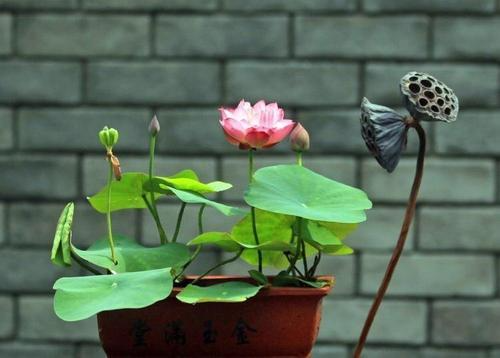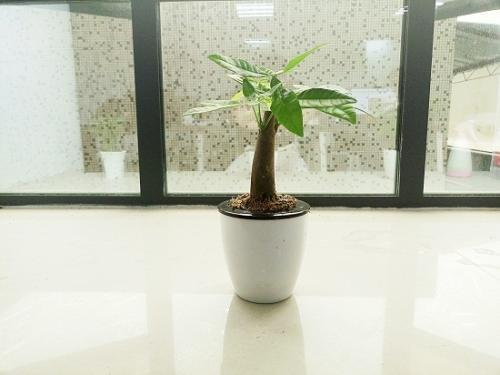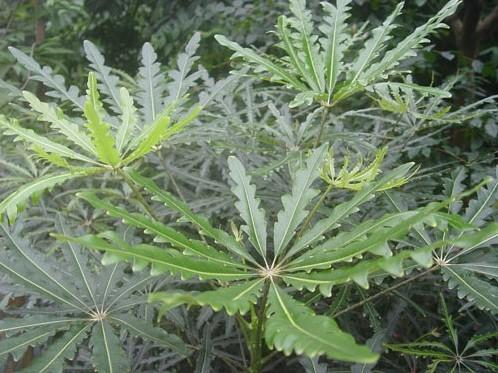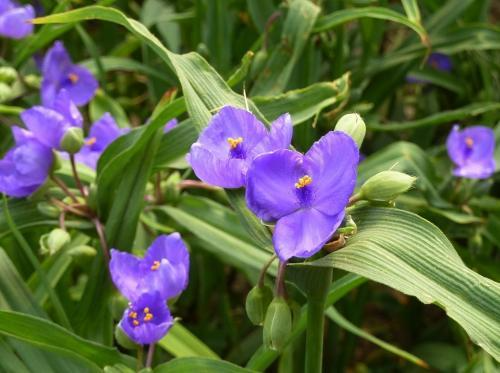Watergrown flowers are both beautiful and clean, and some soilgrown plants can also be transformed into watergrown plants.
Soilless cultivation is also called solution cultivation, which means cultivation without soil. It only requires watering every few weeks and fertilizing twice a year without much effort. Using high-cost precision instruments for laboratory solution cultivation is a high-tech cultivation method to solve the problem of plant nutrition supply. The design of soilless cultivation equipment that ordinary people try is usually simple and can be used by beginners.

When you first try to grow plants in hydroponics, you'd better buy plants suitable for hydroponics, matching pots, gravel and special fertilizers. It takes a transition period to grow plants in pure water, but after understanding the advantages of soilless cultivation, I believe many people are willing to try and grow more plants through hydroponics. For daily maintenance of soilless plants, do not add water until the water level drops to the minimum>
When watering the plants, the water level must not exceed the maximum value to ensure that the plants have enough air to breathe, which is necessary for plant growth. It is best to inject tap water (tap water contains minerals and is placed in a container for one day). Tap water also contains a variety of minerals, which interact with fertilizers to make the fertilizer effect more significant.

Make sure the water is close to room temperature. Since hydroponics don't use potting soil, cold water can cause the plant to freeze, which is the most common reason for hydroponics failure. It's a good idea to keep track of when you fertilize every six months. Bury a stick of fertilizer in the pot, or dissolve the fertilizer in a small amount of water and pour it into the pot.

Soilless plants do not need a developed root system to absorb more water and nutrients, so their roots are not as developed as traditional plants. Even so, they still need to be transplanted in time, especially when the plant is too large and does not fit the pot. When transplanting, move the original pot away. Be tentative and gentle in handling the plant to avoid damaging the roots.
 There are quite a few plants that are suitable for hydroponics, such as cacti and succulents (these two plants need to go through a "drying period" before soilless cultivation, and the water level in the container should not be too high), and orchids. If you just want to try soilless cultivation, it is best to choose these plants. After the plant cultivation is successful, try new varieties. This type of plant includes: pineapple, bright silk grass, anthurium, spider egg, cross begonia, cactus, white powder vine, Clivia, Croton, Dieffenbachia, Dracaena, Poinsettia, Panax notoginseng, Hibiscus, Hoya, Taro, African violet, Tiger tail orchid, black eel vine, violet, pear and yucca.
There are quite a few plants that are suitable for hydroponics, such as cacti and succulents (these two plants need to go through a "drying period" before soilless cultivation, and the water level in the container should not be too high), and orchids. If you just want to try soilless cultivation, it is best to choose these plants. After the plant cultivation is successful, try new varieties. This type of plant includes: pineapple, bright silk grass, anthurium, spider egg, cross begonia, cactus, white powder vine, Clivia, Croton, Dieffenbachia, Dracaena, Poinsettia, Panax notoginseng, Hibiscus, Hoya, Taro, African violet, Tiger tail orchid, black eel vine, violet, pear and yucca.

There are two methods of hydroponic flowers: soil roots and underwater roots. When the cuttings are inserted into the water, the water roots will grow out of the water. Once transplanted into the potting soil, the roots will grow again. The transition between the two cultivation methods is difficult, but once the adaptation period is over, the plants can grow luxuriantly in the pot. It is very important to control the amount of nutrient solution. Too much nutrient solution will affect the respiration of the root system and easily cause the death of the plant.

1: Select the seedlings, clean the potting soil at the roots, and be careful not to touch the roots. Then choose a mesh container and put the plants in. 2: Fill the container with gravel, and try not to damage the roots. 3: Put it in a larger impermeable container, and lay a layer of gravel at the bottom of the outer container in advance to ensure that there is a gap of about 1cm between the inner and outer containers. 4: Insert the water level meter into the gravel. If not, you can also use an instrument to measure the moisture of the plant roots. 5: Fill the inner container and water level device with gravel between the two containers. 6: Sprinkle special fertilizer for soilless cultivation on the gravel. 7: Fill water to the maximum scale of the water level meter to dissolve the fertilizer and penetrate into the gravel. If there is no water level meter, you can add water equivalent to one-fourth of the container capacity. Water after the water level meter shows dry. It is best to use tap water. 8: In a few months, the potted plants will have branches and leaves. Most cacti are suitable for soilless cultivation. But be careful to control the water level of the container from being too high.